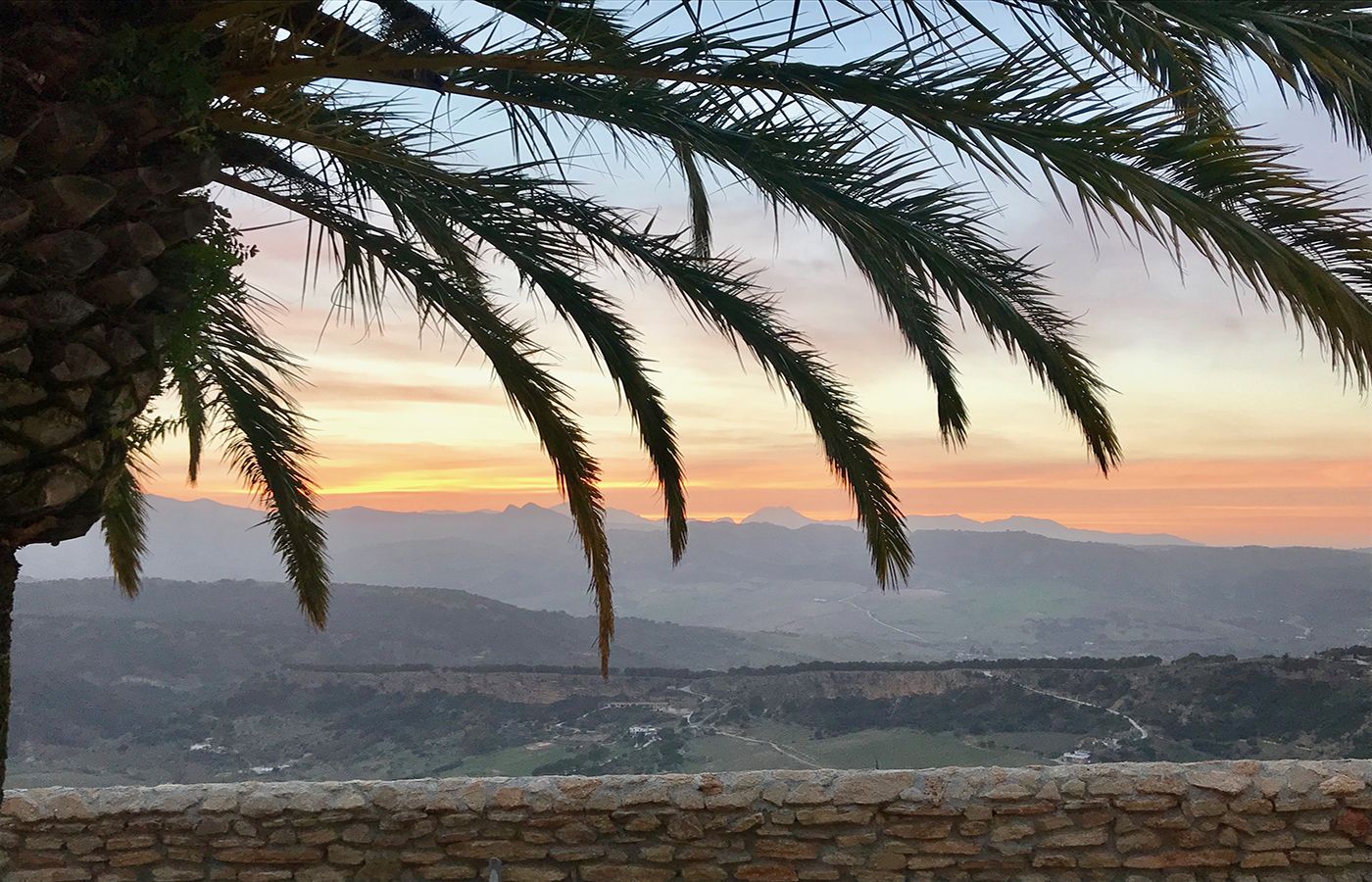
03 Mar Ronda New Activities
Best things to do in Ronda
Ronda is one of our favorite destinations due to its versatile landscape which allows every kind of outdoor activities. Also, the town itself is a picturesque gem offering the visitors the most breath-taking views, amazing sunsets and incredible places to see. In Ronda you will be able to create unforgettable memories.
As you know, before offering new experiences to our clients, we first try them all to make sure that they are reliable and fulfil the level of quality that we always require.
So, here is the exciting news we have been announcing in our social networks: new activities in Ronda for all type of clientele: families with kids and/or teenagers, couples, solo travellers and seniors.
Discover the best things to do in Ronda
Winery visits and tastings
We are big fans of Ronda wines and we have been dealing with some local producers and boutique wineries in the area but we are now adding some new ones to our portfolio.
One of these new discoveries is a modern and quite avant-garde winery with investors from the Priorat wine region in Catalonia. Its philosophy consists on two main pillars: the cultivation of indigenous grapevines and a meticulous winemaking process that respects the soil where the grape grows.
The other winery we visited is a family owned business producing a very unique author wine. They specialise in the organic and biodynamic viticulture since 1982. Some of their bottles have a limited edition and you can only find them in very specific shops and local bars.
We love them both and we will certainly manage to get our clients to try their wines.

Horseback riding
How about exploring the beautiful Mediterranean forest on a horseback? We were offering horseback riding tours in other areas in Andalucia but not in Ronda yet. We love this new company philosophy and their behaviour with the horses they breed.
You learn about the animals and their environment before ride them and that’s is crucial enjoy a safe and pleasant experience. These happy horses will create the happiest moments of your vacation. One of the best things to do in Ronda.

Buggy Tour
This is a very exciting and fun experience: you follow the instructions of an expert monitor but you get to drive your own buggy! There are several trails options but we picked the most popular one of aprx 1.5hrs offering incredible views over Ronda and the impressive new bridge , the Tajo gorge, cliffs and the Guadalevin river.

Cooking experience
Gastronomy lovers or just fancy an immersion activity into the Andalusian culture? Ronda offers a great variety of cooking experiences. Our favourite is a hands-on cooking class with an incredible setting in the middle of a vineyard offering the most spectacular views over the Puente Nuevo (the new bridge). Best time to do it? Sunset time in Spring or summer. Can’t miss this magic setting….

Spanish guitar concert
The Spanish guitar is one of the richest heritages that Andalusia has. From now on if you travel to Ronda with us, you can enjoy 1hour concert of pure Spanish guitar. You will be able to listen to 3 different types (romance, classic and flamenco). Fancy a drink while enjoying the concert? Best wines from Ronda are available to taste a glass or two…
So, when are coming?

